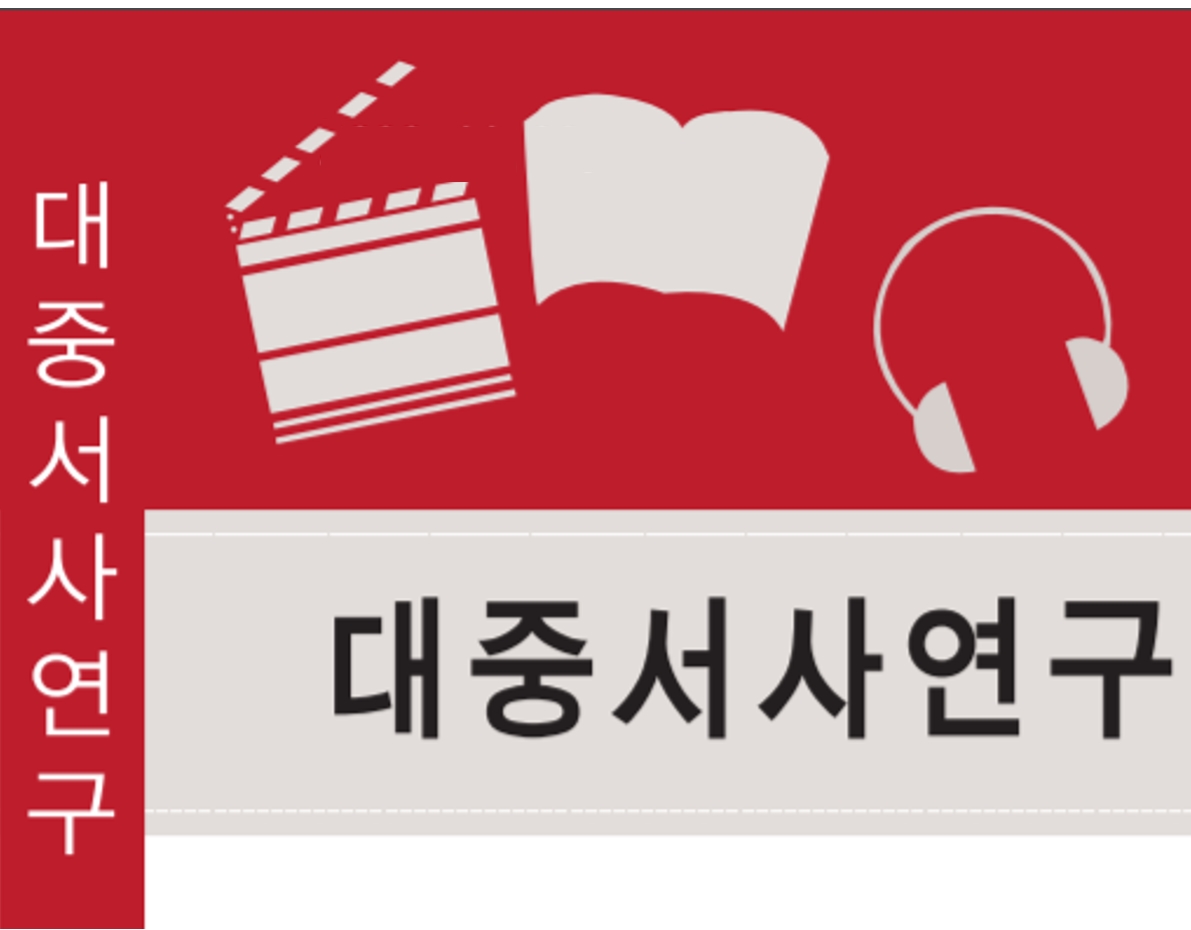대중서사연구
- P-ISSN1738-3188
- E-ISSN2713-9964
 ISSN : 1738-3188
ISSN : 1738-3188
4·19 Generation's Political Unconsciousness and A Symbol of 'Surrealism' - Footnotes on Ha Gil-Jong's Films and Writings -
Abstract
This paper is to commemorate the 30th anniversary of Ha Kil-Jong's death. Much attention is paid to the correlation between the literature and movie looking through the poems, essays, critics and movies of his legacies. And it is to bring forward the critical mind that could set forth the new perspectives on artistic and popular values as well when it comes to the discussion of 4·19 generation's historic(al) experiences and surrealism. 4·19 revolution in 1960s and 5·16 military coup in 1961 were the events that configured the political subconsciousness. Ha Gil-Jong sought to get over the disillusionment by means of surrealism. Therefore the self-destructive images and the persona(alter-ego) imaginations are contemplated herein in order to read the definite surrealistic aspects of which Ha Gil-Jong cleaved to. It is also indicated that his film critics written in 1970s were chiefly engaged in the discussions on the revolutionary changes of visual media and Rimbaud's 'le voyant' poetics as well. And it is another revealed issue that the surrealism was chosen to take the function as a symbol of the revolutionary desire besides. In this paper, much is appealed on the meaning of the symbols of surrealism to Ha Gil-Jong who underwent 4·19 revolution. The political failure of which comprised the revolution of the repressed unconsciousness. And as for him, the symbol itself became a surrealism marking the spot where the revolution had slipped into the unconscious desire. This being so, the symbol having made him desire the desire for the revolution was to be a surrealism. As surrealism was the intermediary linking literatures with films and so the artistry equivalent of the political revolution.
- keywords
- Ha Gil-Jong, 4·19 generation, surrealism, literature and film, revolution, the sign of desire, 하길종, 4.19세대, 초현실주의, 문학과 영화, 혁명, 욕망의 기호
Reference
한국영상자료원·부산국제영화제 기획, 태를 위한 과거분사 / 백마 타고 온 또또 : 하길종 전집 1 , 한국영상자료원, 2009.
한국영상자료원·부산국제영화제 기획, 사회적 영상과 반사회적 영상 : 하길종 전집 2 , 한국영상자료원, 2009.
한국영상자료원·부산국제영화제 기획, 자료편-스크립트․서한․기사 : 하길종 전집 3 , 한국영상자료원, 2009.
강성률, 하길종 혹은 행진했던 영화 바보 , 이론과 실천, 2005.
김병익, 「4.19세대의 문학이 걸어온 길」(김동식과의 대담), 이상갑․채호석 편, 증언으로서의 문학사 , 깊은샘, 2003. 233-288쪽.
김 현, 「착란과 조롱 : 견자시론의 이해」(해설), A. 랭보, 김현 역, 지옥에서 보낸 한 철 , 민음사, 1982. 152-154쪽.
남진우, 「뱀, 미지의 부름」, 신성한 숲 , 민음사, 1995. 85-119쪽.
오영숙, 「하길종 영화의 불온성과 세대의식」, 한국영상자료원·부산국제영화제 기획, 사회적 영상과 반사회적 영상: 하길종 전집 2 , 한국영상자료원, 2009. 31-60쪽.
정과리, 「그는 강변에서 ‘사의 찬가’를 불렀다 : 하길종 시집, 태를 위한 과거분사 를 읽고」, 한국영상자료원·부산국제영화제 기획, 태를 위한 과거분사 / 백마 타고 온 또또 : 하길종 전집 1 , 한국영상자료원, 2009. 31-47쪽.
최문규, 「초현실주의의 딜레마」, 인문과학 80호, 연세대학교 인문과학연구소, 1999, 113-133쪽.
장이지, 한국 초현실주의 시의 계보 , 보고사, 2011.
조윤경, 초현실주의와 몸의 상상력 , 문학과지성사, 2008.
조준형, 「하길종의 인생과 영화」, 한국영상자료원·부산국제영화제 기획, 태를 위한 과거분사 / 백마 타고 온 또또 : 하길종 전집 1 , 한국영상자료원, 2009. 11-30쪽.
차영한, 초현실주의 시와 시론 , 한국문연, 2011.
앙드레 브르통, 「초현실주의 제1차 선언」, 트리스탕 쟈라․앙드레 브르통, 송재영 역, 다다/쉬르레알리슴 선언 , 문학과지성사, 1987. 111-156쪽.
아르튀르 랭보, 「폴 드므니에게」(서한), 이준오 역, 랭보 시선 , 책세상, 1990.304-305쪽.
질 들뢰즈, 박찬국 역, 들뢰즈의 니체 , 철학과현실사, 2007.
카를 로젠크란츠, 조경식 역, 추의 미학 , 나남, 2008.
슬라보예 지젝, 주은우 역, 당신의 징후를 즐겨라! , 한나래, 1997.
- 52Downloaded
- 203Viewed
- 0KCI Citations
- 0WOS Citations
